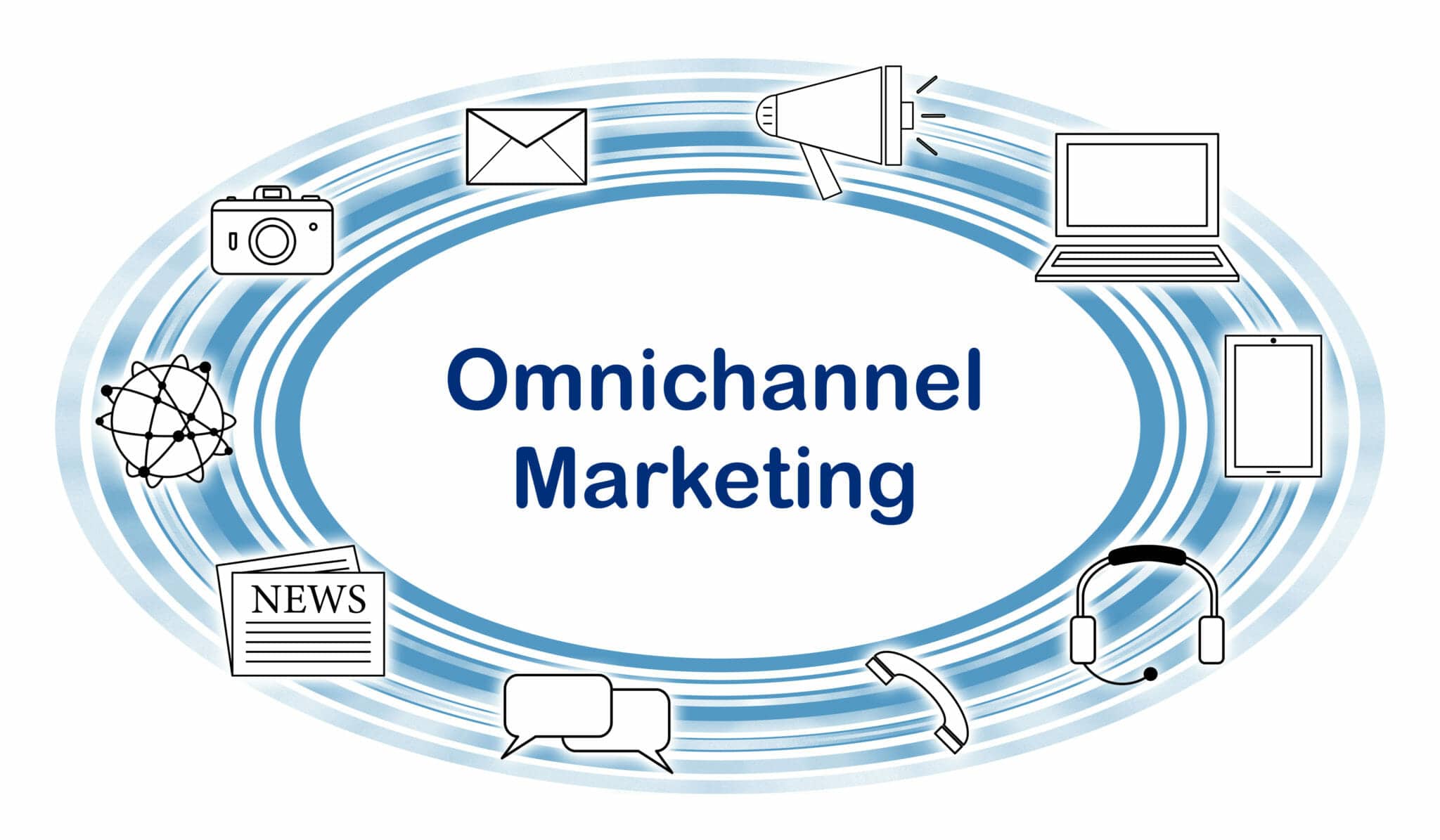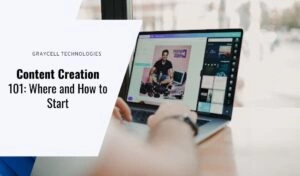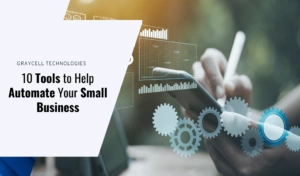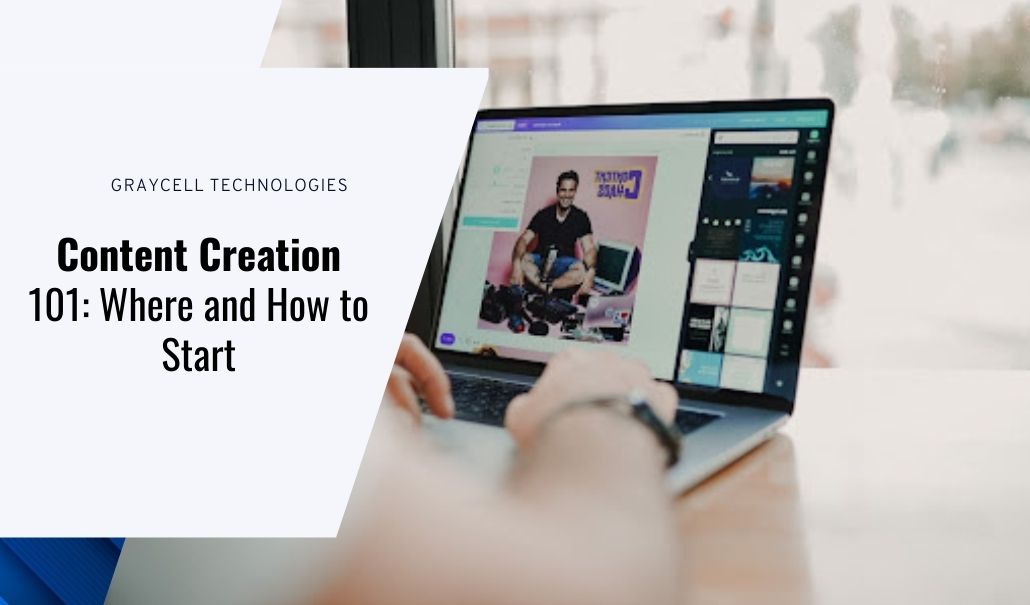If you are in the eCommerce sphere, you have no doubt noticed the trend toward omnichannel and multichannel marketing.
What you may not know is that there is a marked difference between the two approaches. If you want to take your business to new levels, omnichannel marketing is the method you’ll want to emulate.
The Omnichannel Approach to Marketing: A Trend You Can’t Ignore
This article will address important topics in the omnichannel trend including:
- definition of omnichannel
- How it differs from multichannel marketing
- Why you should embrace an omnichannel approach
- How to make omnichannel work for you
- Who is making omnichannel work in their business
…and a whole lot more.
Let’s dive in.
Defining Omnichannel Marketing
Omnichannel is an approach to marketing that provides your eCommerce customers with a seamless shopping experience with every interaction that they have with your store or brand.
Before your customer ever commits to hitting the “buy now” button, they go through multiple interactions with your company.
Perhaps their first touchpoint is a Facebook ad, then a blog post, next to an email sign-up form, and then a series of emails.
Finally, they are ready to purchase a product. In the process, they interface with your eCommerce store, shopping cart, and post-purchase communication (including customer service and follow up).
Each stop along the way, they see your brand, and they hear the voice of your company.
If you think this is multichannel marketing at its best, let me explain the subtle but vital difference.
Comparing Omnichannel with Multichannel Marketing
The simplest way to explain the difference between omnichannel and multichannel marketing is with a diagram.
Imagine you have two pieces of white paper. On the first piece, you draw a picture of your business on the center of the page. From there, you draw a line to each of your marketing channels like you would with a family tree.
Your business is the focus, and, from there, you create a marketing strategy. This is multichannel marketing.
The second piece of white paper represents your business. Draw a stick figure in the center of the page, and label it your “ideal customer”. Now, draw your marketing tree.
The moral of the story is that your customer is what should drive your marketing strategy — not your business. This is omnichannel.
With omnichannel, you create a marketing message around your customer, a unified message seamlessly woven into all your marketing efforts.
For this to work, you need the same unity in your infrastructure so that all your team can interact with and update your customer data.
Sound complicated?
If you had to do this yourself, it would be very complicated. However, with an automated email program like Omnisend, that integrates with all your channels, you can create complex, customer-focused workflows with little effort.
With Omnisend’s omnichannel integration, you could
- Target Facebook ads based on your customer’s previous purchases
- Automatically offer a companion product
- Trigger an email asking for a review of a recent purchase
- Send relevant email sequences based on purchases
- Set up an SMS follow-up based on customer activity
The key is that the customer is always receiving a message that speaks to them wherever they are in their buying journey.
Maybe you’re convinced that omnichannel is a great idea, but you need a little more convincing that it is worth making the switch.
Switching from Multichannel Marketing to Omnichannel
You may be enjoying success with your multichannel marketing and are not sure if switching to omnichannel is the right move. The answer will depend on your vision for your business.
If you are looking to take your marketing and business to a higher level, then you should consider making the shift to omnichannel.
We have studied the campaigns of our clients who are employing omnichannel techniques and have found that they have significantly higher customer engagement, purchase rates, order sizes, and retention rates compared to those not using omnichannel.
There is a case study further down in this article.
Omnichannel integration is not difficult if you follow the advice in the next section.
How to Create a Successful Omnichannel Operation
If you are ready to give omnichannel marketing a try, here are a few tips to make the transition as seamless as possible.
Identify Your Customer
Customer identification is going to be the starting place of all omnichannel communication.
You want to get inside your customer’s head to identify what drives them to make buying decisions.
Here are a few methods to help you glean this information.
- Study your products inside and out. Your products can tell you a lot about your customer.
- Identify the benefits and features of your products. Features include things like size, color, speed, or functions. A benefit, on the other hand, tells what that product does for your customer.
Survey your audience.
Here is where you can discover the demographics of your customer.
- Where do they live?
- What is their income?
- Do they have hobbies?
- Interests?
- Fears?
While this is just a spattering of questions you might ask, the more you know about your customer, the better you can communicate your message through all channels.
With omnichannel methods, you can collect and store this data in many stages of the buying process.
Keep the Questions Coming
Once you have a picture of your ideal customer in your head, you can shift your focus to their buying and browsing experience. Gleaning this information will allow you to continue to gather information about them and their satisfaction with your company or brand.
Ask for feedback often.
There are several simple ways to implement this strategy in your marketing.
- Add a two-question survey about your website in exchange for free shipping.
- Ask your customer to review a recently purchased product.
- Follow up with a courtesy customer service call asking if the customer is satisfied with their purchase.
You’ll also be tracking their purchases and engagements with your brand.
The vital key is to record each interaction with your customer along the way so that you can build a profile of individual customers, knowing their likes and dislikes. Use this information to target advertisements that are meaningful to them.
Segment Your List
By now, you should have some crucial information about your customers. The next step is to categorize your audience into segments based on their likes, dislikes, and other pertinent criteria.
When you segment your audience, you are making it simple to get the right message to the correct person at the proper time.
Here are a few suggestions on how you might segment your customers.
- Purchase history
- Campaign engagement
- Demographics
Duplicate Your Buyer’s Experience
Friction at any stage of the buying process can destroy the omnichannel experience that you are hoping to achieve.
One way to test your system is to work through your website and marketing channels as though you are a buyer, browser, or potential customer.
If you find a frustrating snag along the way, you can be sure that your customers are also going to be annoyed.
Here are a few ideas to help you get started.
- Search through your products
- Make a purchase
- Return a product for no reason
- Reply to an email, and ask a question
- Complain to customer service about a problem with your order
- Interact on all your social media outlets
Have a third party carry out these internal system tests if you want to achieve the most accurate results.
If you discover friction, make the necessary changes to smooth out the operations.
Articulate Your Message
Now that you’ve put together a picture of your ideal customer, surveyed your current customers, divided them into relevant segments, and removed friction from your marketing platform, it’s time to create your marketing messages.
You should have an overarching message or vision statement of what sets your company apart as different. Within that framework, you should also have niche messages based on your customers’ profiles and habits and your segmentation.
All your marketing campaigns should flow from your vision statement and these focused messages.
Communicate Your Message to Your Company
You want to make sure that everyone in your company knows and understands that you are embracing an omnichannel message for your company. All your employees should know what that message is and how they fit into the overarching plan of your marketing strategy.
Plus, each team member needs to have access to customer data so that they can communicate with your customers as though they know them personally. For example, your customer service team should have access to your customer’s purchase history so that they can quickly connect with the customer.
Track and Tweak Results
No business is static. The same is true with omnichannel business models. You need to be continually evaluating the results of your campaigns at every stage in your customer’s buying journey.
Evaluating your campaigns can help you identify buying trends, effective and ineffective campaigns, and so much more.
When you observe positive results, duplicate and expand those efforts. If you identify weak areas, tweak the message or delivery channel until you see the results you are looking for (or abandon it altogether).
An Omnichannel Case Study: Mainline Menswear
Let’s take a quick look at Mainline Menswear, which opened in 2004. The British eCommerce store, specializing in men’s fashion, struggled early on with getting online traffic; this resulted in low sales.
In 2014, they looked to omnichannel solutions to stand out above the competition. They chose a seamless campaign that incorporated SMS, retargeting ads, and cart abandonment emails.
Immediately they saw positive results: a dramatic increase in direct (45%), overall (27%) and mobile (93%) traffic.
Omnichannel methods produced game-changing results for Mainline Menswear, which included a marked increase in revenue.
Omnichannel Is More than Icing on Your Cake: Conclusion
Omnichannel methods provide a cohesive shopping experience for your customers. Plus, as the data reveals, it also increases traffic, sales, and engagement with your brand.
As a reminder, here are some of the outcomes you can expect in your business:
- Give your customers a seamless experience at every stage of their buying journey
- Increase your store traffic and sales
- Keep your brand continually in the face of potential buyers
- Grow your business with a long term future
If you want to take your business to the next level, we cannot encourage you enough to embrace this powerful trend.
Put this information to practice in your business, and watch your business grow.








